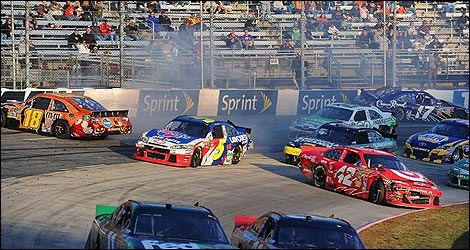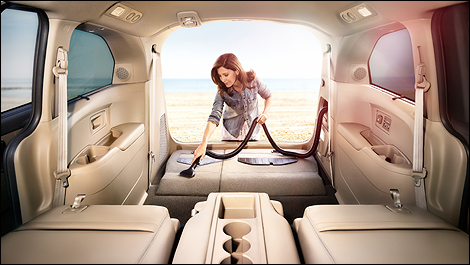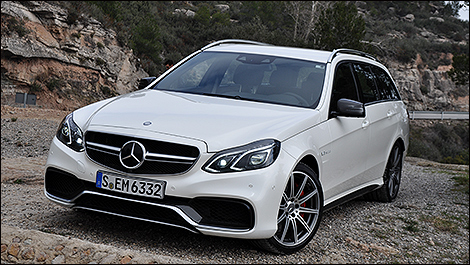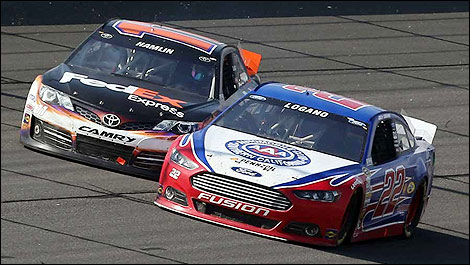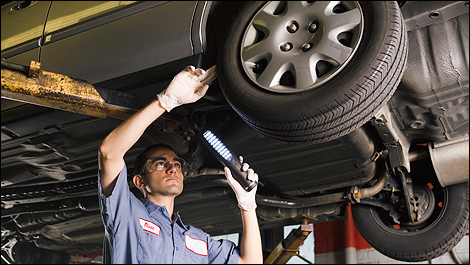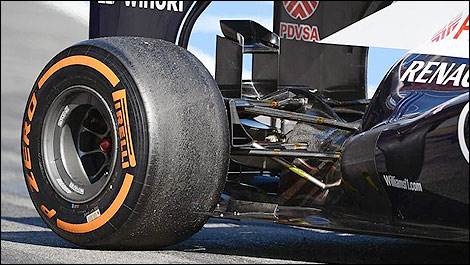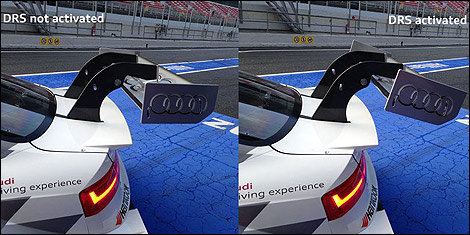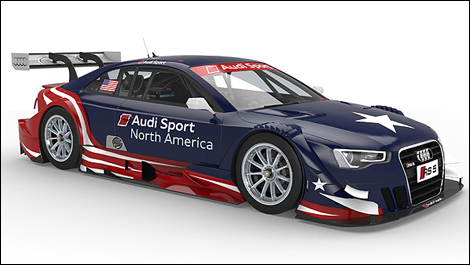The right time to change tires
Tires wear out at different rates depending on the season and their usage, so it's hard to put a mileage limit on them. For summer, performance tires, all-season tires, and eco-friendly tires all have specific attributes. Come winter, some tires will focus on wet performance, while others are more suited for ice.
To be safe, you must check the level of wear on each of your tires at least a few times per season. Remember that these pieces of rubber are the only part of your vehicle touching the ground, so ensuring your tires are in good shape not only boosts peace of mind, but also your physical safety.
Air pressure affects how quickly a tire wears out. To maintain properly inflated tires, refer to the manufacturer's recommended air pressure (psi) as identified in your owner's manual, as well as on the label inside the driver's doorframe. An under-inflated tire will wear out from the sides in, while an over-inflated tire will mainly deteriorate from the tread centre.
Good
wheel alignment and proper tire rotation are also vital to prevent uneven tire wear.
How to calculate tire wear
A tire's tread depth is calculated in millimetres or 32nds of an inch. Every tire manufacturer incorporates wear indicators to the inner grooves. In general, these indicators are1.6-mm tall (or 2/32nds of an inch), and determine the maximum level of wear available to drive safely and legally. In other words, when the wear indicators are flush with the tread, it's high time to change the tire.
Tip: You can either ask a professional, or
check for yourself by placing a Canadian quarter by placing it in the grooves (with the caribou's head facing the ground). If you see the tip of the caribou's nose, you need to replace your tires.
What you need to know
The treadwear grade of a tire is the numeric portion of the Uniform Tire Quality Grade (UTQG) ratings printed on the sidewall. Higher treadwear numbers indicate that the tread should last longer, which also means the tire will offer less traction. Consequently, a performance tire will have a rating of under 300, while an everyday tire is rated at around 400.
Moreover, the UTQG ratings include a traction grade, from highest to lowest: AA, A, B, and C. Once again, a higher traction grade means the tire will wear out more quickly. “M+S” is another letter designation, essentially reserved for winter and off-road tires; it certifies a tire's performance in mud and deep snow.
The last part of the UTQG ratings is the temperature grade: A, B, or C. It's a measure of how well the tire dissipates heat, and how well it handles the buildup of heat. As such, an A-rated tire is more heat-resistant than a C-rated tire.
 The latest auto news, reviews, prices, product and vehicle releases. Auto News 5
The latest auto news, reviews, prices, product and vehicle releases. Auto News 5


